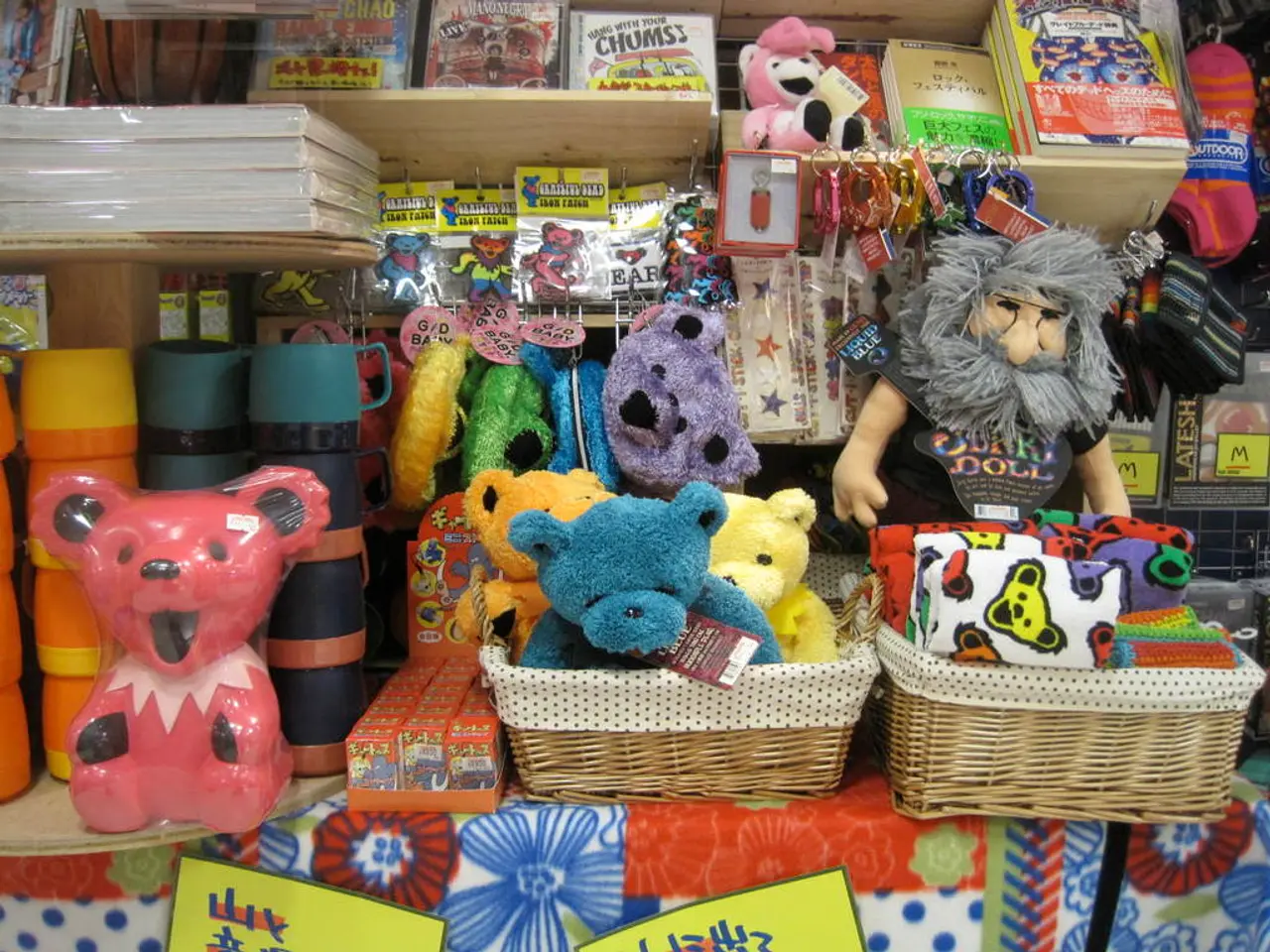October 13th, 1958: Arrival of Paddington Bear in Great Britain
In the heart of London, a beloved character named Paddington Bear first stepped off a train at Paddington Station in 1958. Created by Michael Bond, the bear with the marmalade-stained coat and a label around his neck has become a symbol of resilience, kindness, and the immigrant experience.
Michael Bond, who passed away in 2017, drew inspiration for Paddington from the plight of refugees during the Second World War. The sight of children with cardboard tags around their necks moved him deeply, and this compassionate spirit was reflected in the creation of Paddington.
Upon his arrival, Paddington was taken in by the Brown family, despite initial misgivings from Mr. Brown. The Brown family's act of kindness mirrors the welcome offered to many refugees, offering a warm home and a new start.
Paddington, who had journeyed from "darkest Peru" to Britain, was a refugee in every sense of the word. He had left his home and family behind and embarked on a perilous journey, hiding in a lifeboat, to seek a new life in a foreign land.
The theme of migration is more relevant in Paddington's story today due to heated political rhetoric over immigration and the "migrant crisis". Bond himself acknowledged that there is a side of Paddington's story that the Browns don't fully understand: what it's like to be a refugee, not in one's own country.
In 2024, a statue of Paddington Bear was unveiled in Newbury, Berkshire, as part of Paddington's newest film, "Paddington in Peru". This film features over 23 statues being erected across the UK, symbolising the widespread impact and acceptance of Paddington and his message.
In 2008, for Paddington's 50th anniversary, Bond wrote a new book in the series titled "Paddington Here and Now". In this book, little Paddington finds himself in trouble with the police and is questioned over his "refugee" status.
Paddington's portrayal delicately balances being an outsider marked by "hygiene, poverty, and education" with the kindness and curiosity he brings. This nuanced representation resists xenophobic rhetoric and invites readers, including children, to reconsider assumptions about immigrants as threatening or burdensome.
In modern political discourse, immigration is frequently framed with anxiety around national identity, economic impact, and cultural integration. Paddington’s story reframes the conversation by embodying the migrant as a vulnerable but valuable newcomer navigating societal institutions, thus humanizing the immigration experience beyond political abstractions.
The enduring popularity and cultural significance of Paddington permit it to serve as a subtle cultural critique to divisive immigration rhetoric. Paddington Bear’s migration theme embodies refugee realities and critiques simplistic political narratives on immigration, emphasizing empathy, inclusion, and the human face of migration, making it highly relevant to ongoing debates in political and social contexts.
Paddington's newest film, "Paddington in Peru," showcases the unveiling of over 23 statues across the UK, symbolizing the widespread acceptance of Paddington and his message, which includes empathy toward refugees. In 2008, for Paddington's 50th anniversary, Michael Bond wrote a book titled "Paddington Here and Now," where little Paddington was questioned over his "refugee" status, subtly critiquing divisive immigration rhetoric.








